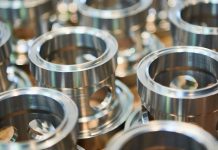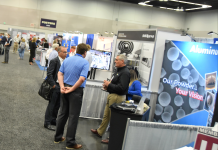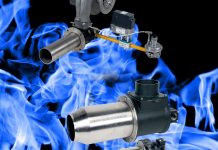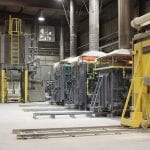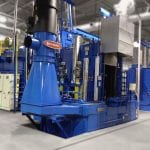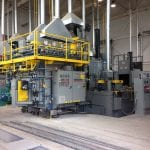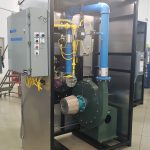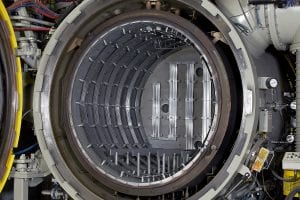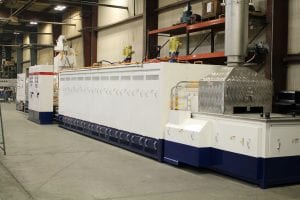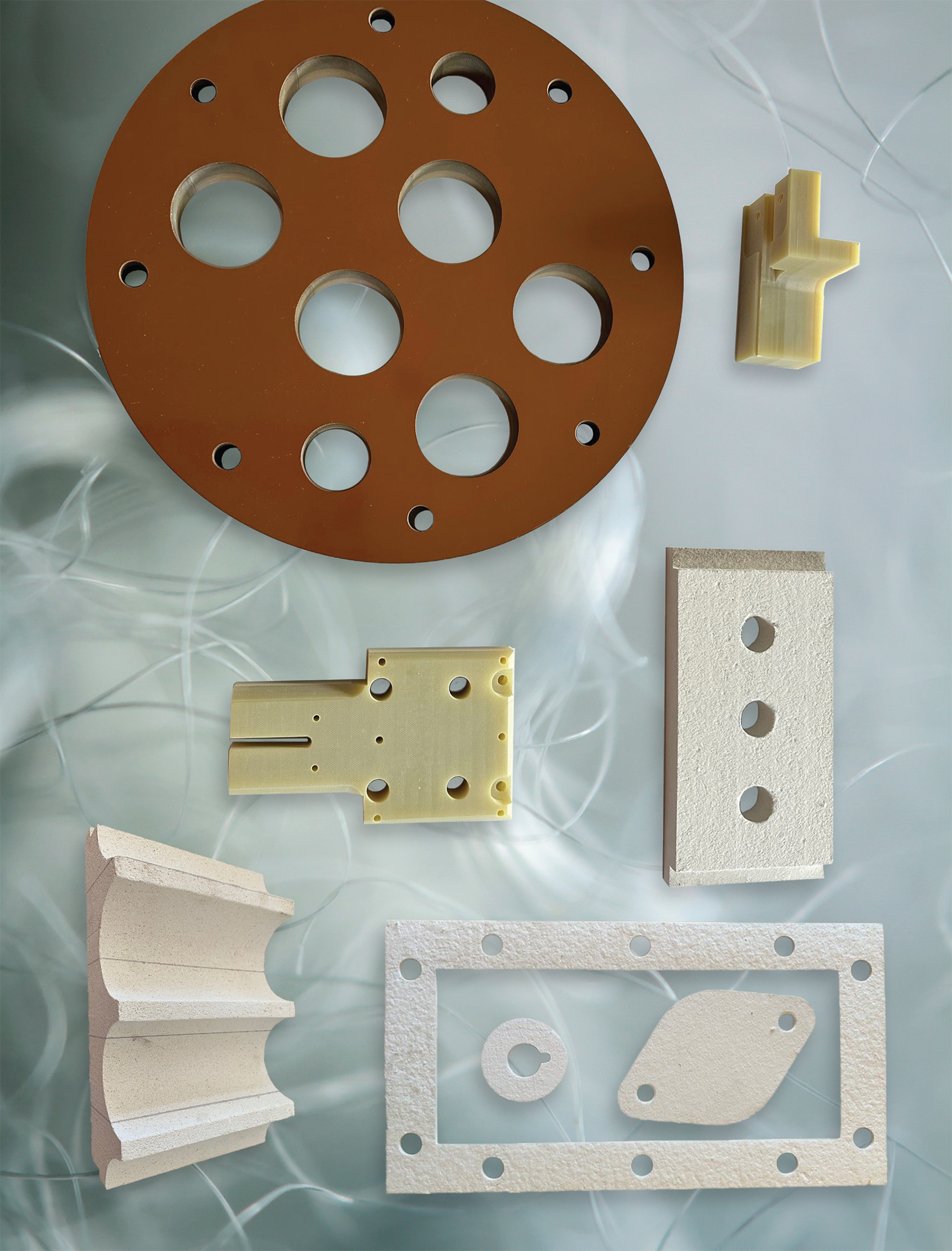If you’re in search of a breakdown of what a company does, look no further than Lucifer Furnace’s name, because it essentially boils down to three words: Furnaces. Are. Hot.
The words behind the name may sound simple, but the minds behind Lucifer Furnaces take seriously their jobs of building and offering a wide range of furnace models guaranteed to get hot … and stay hot.
“We manufacture a wide range of small- to medium-size furnaces — from front-loading, top loading, bottom load, and continuous furnaces to furnaces that operate with protective atmospheres, high-temperature models, convection ovens, just a real wide range of products,” said Larry Jones, president of Lucifer Furnaces. “We have very extensive lines of standard models. But then, of course, we customize to meet specifications that a customer may have. That’s been our niche: to offer that real wide range of product lines, and that was the goal early on as the company developed — to be able to offer that wide mix of products, to expand the product line, and to expand our customer base.”

Varied product line
Lucifer Furnaces’ product line of industrial heat-treating furnaces, industrial recirculating ovens, and quench tanks are suitable for a variety of applications including hardening, drawing, annealing, brazing, sintering, and stress relief in both air and atmosphere.
All Lucifer Furnaces are ruggedly constructed using the highest quality materials to deliver superior performance and dependability, according to Jones. Products feature compact design, easy installation, energy-efficient operation, and easy-to-replace heating elements. Most replacement parts are stocked for quick shipment to minimize customer downtime.
A few of Lucifer Furnaces’ more popular products include the dual chamber “Space-Saver” furnace combining a hardening chamber above a tempering oven in one complete space-saving unit, and the economical Red Devil Series, which meets the needs of occasional heat treaters wanting to bring their heat treating in-house.
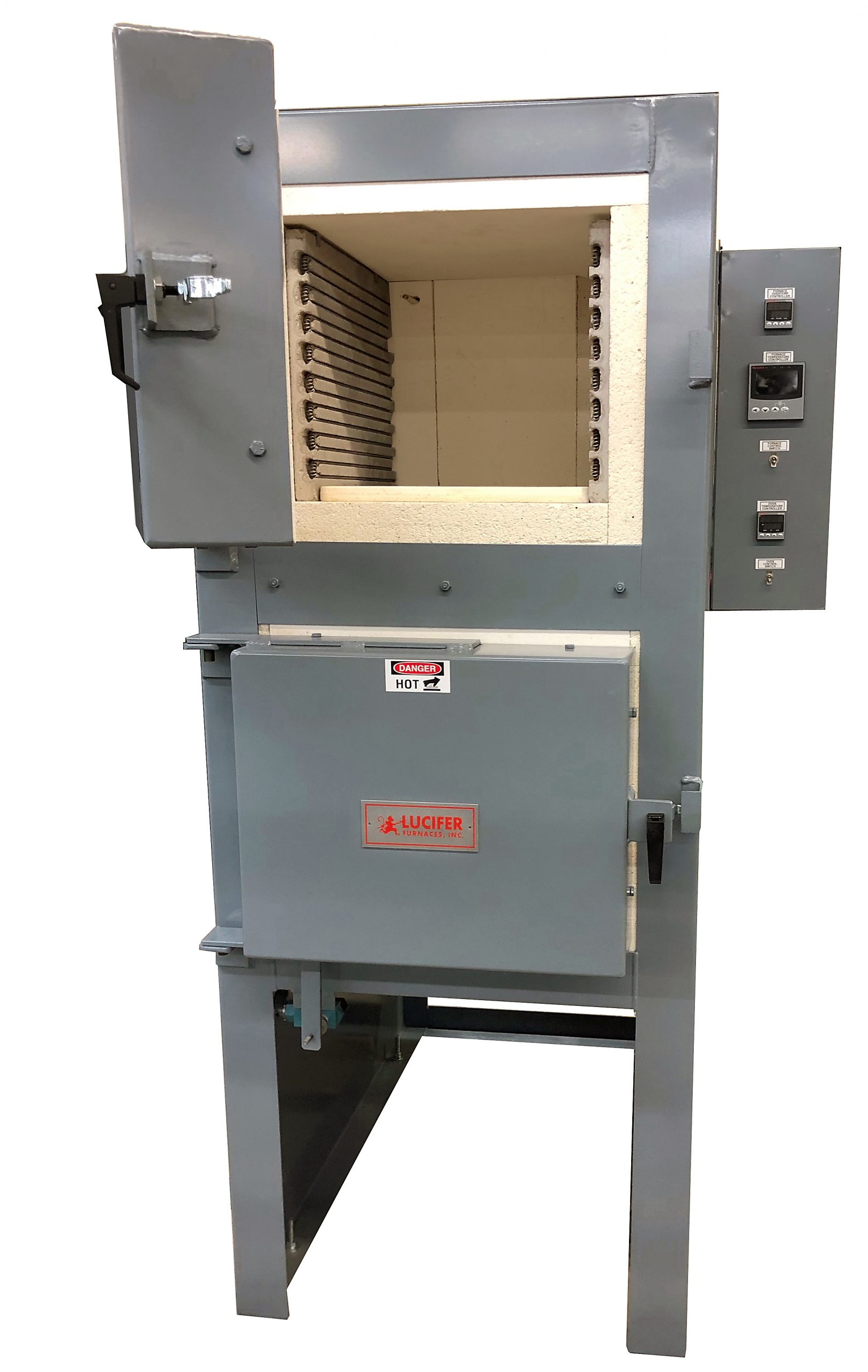
Customization capabilities
Even with its extensive product line, the ability to customize is an important tool in Lucifer Furnaces’ toolbox, because, more often than not, a job may involve some kind of unique feature a customer may need, according to Jones.
“We have standard model-chamber sizes or temperature ranges, but even then, a customer may need a simple change to a type of control system, heat-up rates, zoning, or door arrangements, for example,” he said. “We could have two of the same model sitting next to each other, and yet, each one could be for different customers that would be configured completely differently — anything from the style of the door to the controls on it to maybe a temperature uniformity or a heat-up rate or a cool-down rate requirement. This all comes back to a customer’s specifications, their heat-treating requirements, and their process.”
That process is part of what keeps the jobs at Lucifer Furnaces interesting, according to Jones.
“That’s part of the challenge that we face here, you might say,” he said. “But it’s also part of the fun. It keeps us hopping and it makes our operation very interesting.”
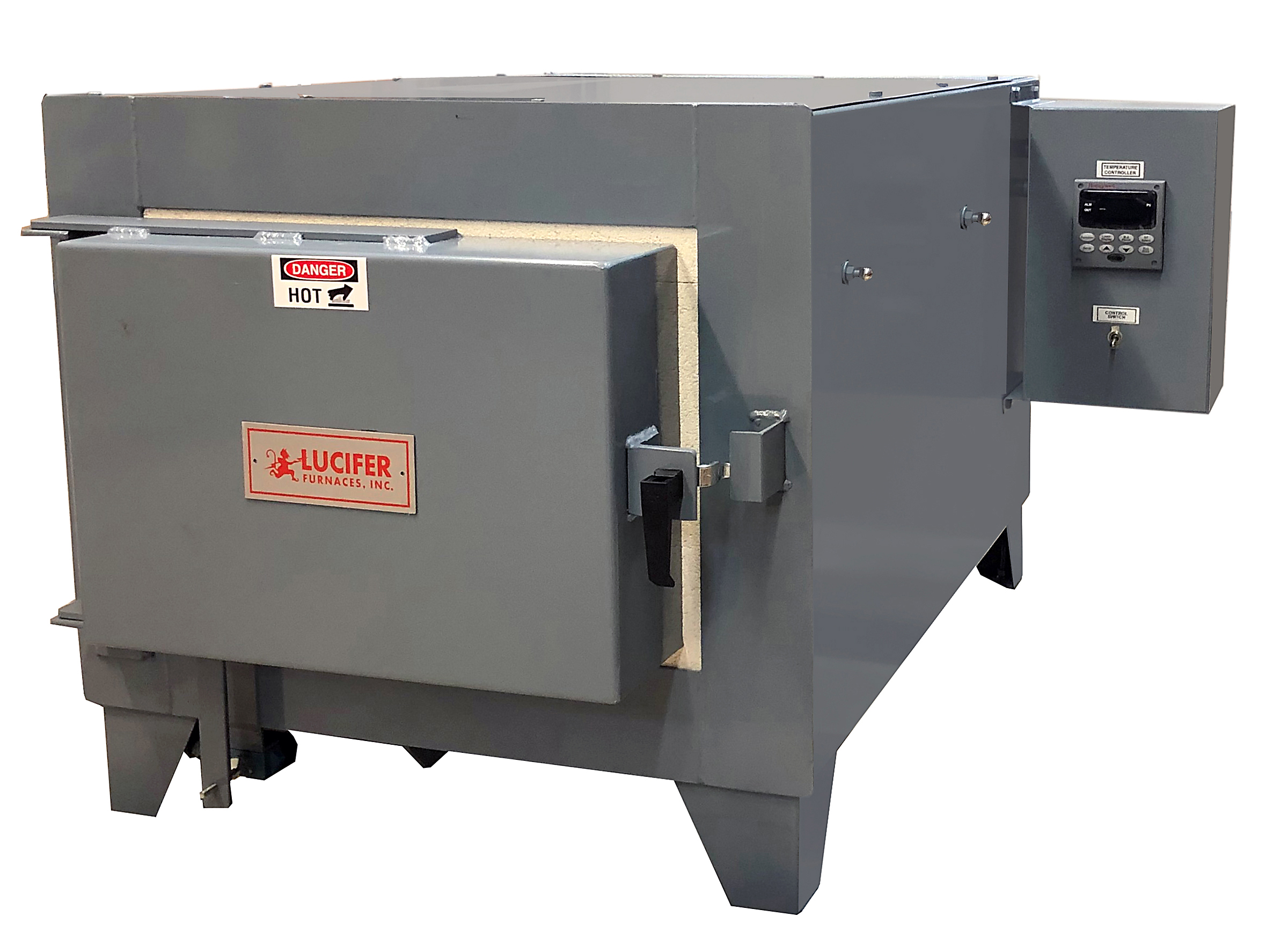
Diverse mix of companies
Facing those challenges has kept Lucifer Furnaces dealing with a diverse mix of companies that includes automotive, aerospace, the U.S. government, ceramics, glass, schools, and more, according to Jones. The company’s high performing thermal processing equipment has been shipped worldwide to be used in the metalworking, ceramic and glass manufacturing industries by small tool rooms to large corporations, educational institutions, research laboratories, and government agencies.
“We try to reach out and have a broad market, and it’s quite nice,” he said. “We get orders from your largest companies in the world to your small little mom-and-pop shops. We have really tried to focus on a diverse product with a diverse market.”
Repeat customers
Lucifer Furnaces’ ability to adapt and diversify means that the company’s customers’ keep coming back, according to Jones.
“One of our biggest successes is that we have enjoyed repeated customers, and that comes back to our products,” he said. “We build a product based on very conservative designs, which has led to a quality product and longevity. That says a lot as to why we’ve been in business for so long and enjoy a very solid reputation in the industry.”
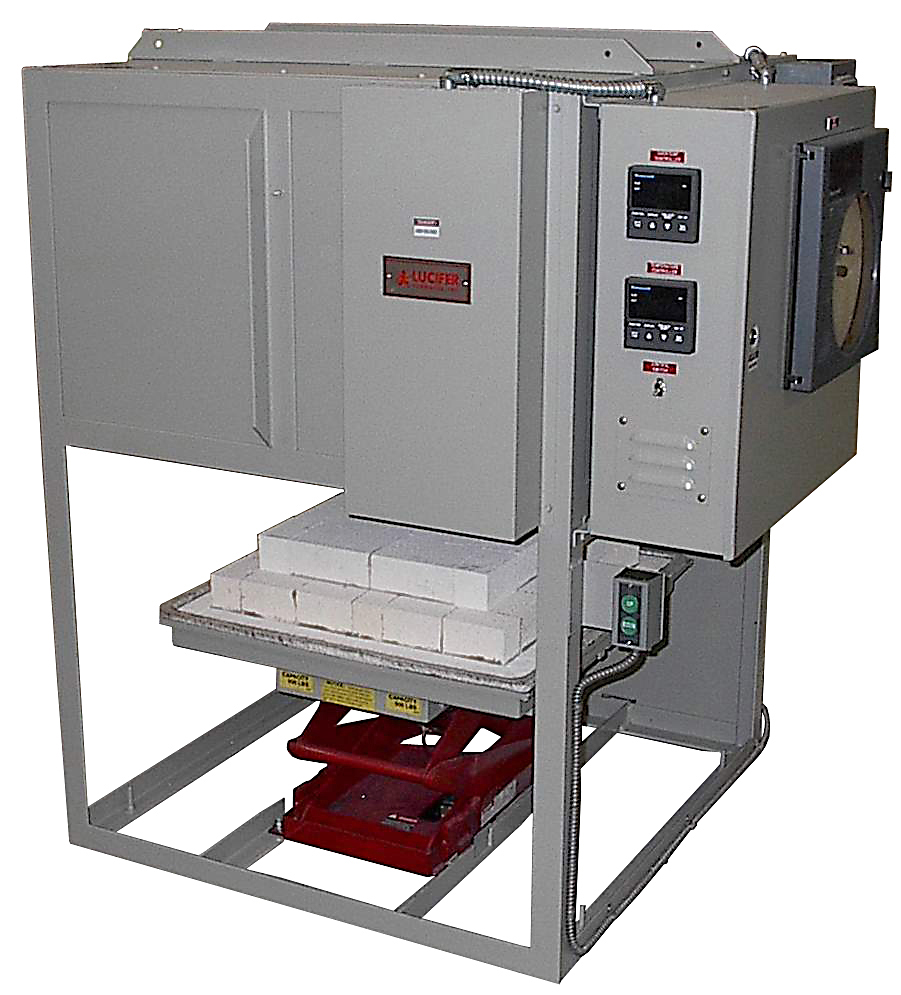
Over six decades of service
Lucifer Furnaces has been in business for more than 65 years and has been a small, family-owned company from the start.
During that time, Lucifer Furnaces has focused on building quality small- to medium-size heat treating furnaces, and ovens.
“Everyone puts in a lot of work to make it happen here,” Jones said. “We are a small company. We’re only 20 to 25 people. Always have been. And it’s been a challenge, but it’s been very rewarding.”
Being a small company has its advantages, according to Jones, especially when getting products to customers.
“I think we’re very responsive; we can adapt quickly and make a decision on the spot,” he said. “These are not earth-shattering decisions, but we can consider the options and then say: Let’s go one way or another. That has been internally a trademark in house where we go: What do we want to do? We can’t sit around and debate. We’ve got to make a decision.”
Ready for customer challenges
And when Lucifer Furnaces is approached with a challenge from one of its customers, Jones said he and his team jump into action to assess the customer’s needs.
“We will try to ask a lot of questions, listen to their concerns, and, at the same time, look back at what we have done in the past,” he said. “What have we built? Have we had similar applications? And in fact, sometimes we have to decide if this is an application we want to take on. The bottom line is we want to be able to offer a product that’s going to meet their requirements and have a happy customer. And this all comes back to having hopefully a repeat customer.”
Part of guaranteeing that repeat business rests in Lucifer Furnaces’ ability to react, and react quickly, according to Jones.
“I think it helps that we’re responsive, and we will try to answer someone, whether it’s an inquiry or their application, we will respond quickly and give them an answer — if we know it, we will do it,” he said.
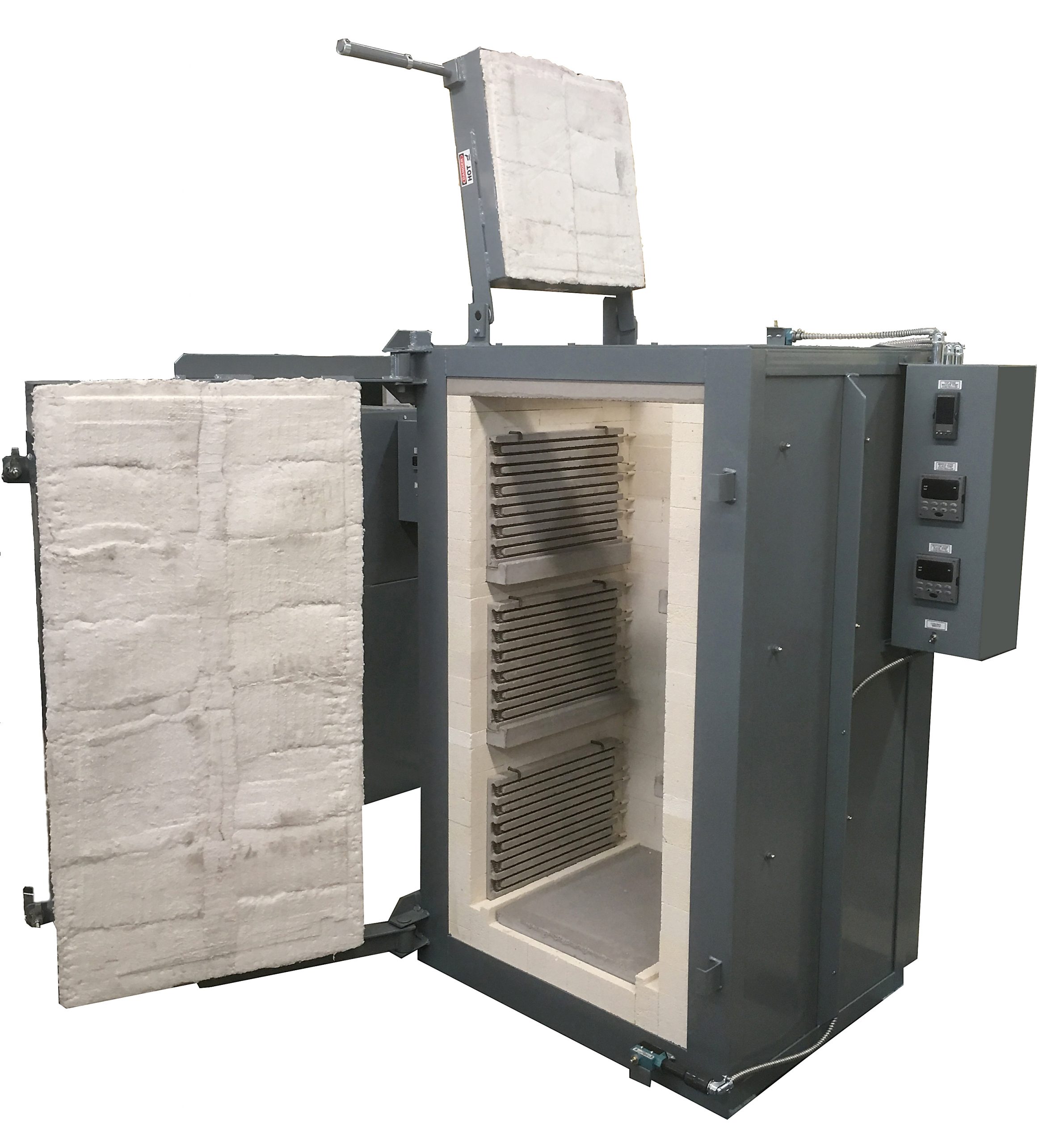
Booming business
And judging from the amount of business Lucifer Furnaces maintains, that is a strategy that seems to be a good one. Jones emphasized that even heading into the pandemic last year, the company was carrying a large furnace backlog.
“We’re generally very busy, and it seems like Lucifer Furnaces has been getting more and more so,” Jones said. “We have a strong demand for our product, and I think it’s going to continue for us as a company. Of the heat-treating furnaces and other furnaces that we make, I’ve always felt that they are really one of the main backbones of manufacturing. And as long as you’ve got metal products, you’re going to need a furnace, and that’s what we do.”
And Jones is proud to point out that every furnace is built completely in house.
“Everything we build, we do it here,” he said. “Everything is done under the roof here. We’ve pushed a lot of furnaces out the door, and we bring in all the raw goods. We cut it, bend it, weld it, insulate it, paint it, wire it, test it, and it’s out the door. Everyone’s involved.”
MORE INFO luciferfurnaces.com










